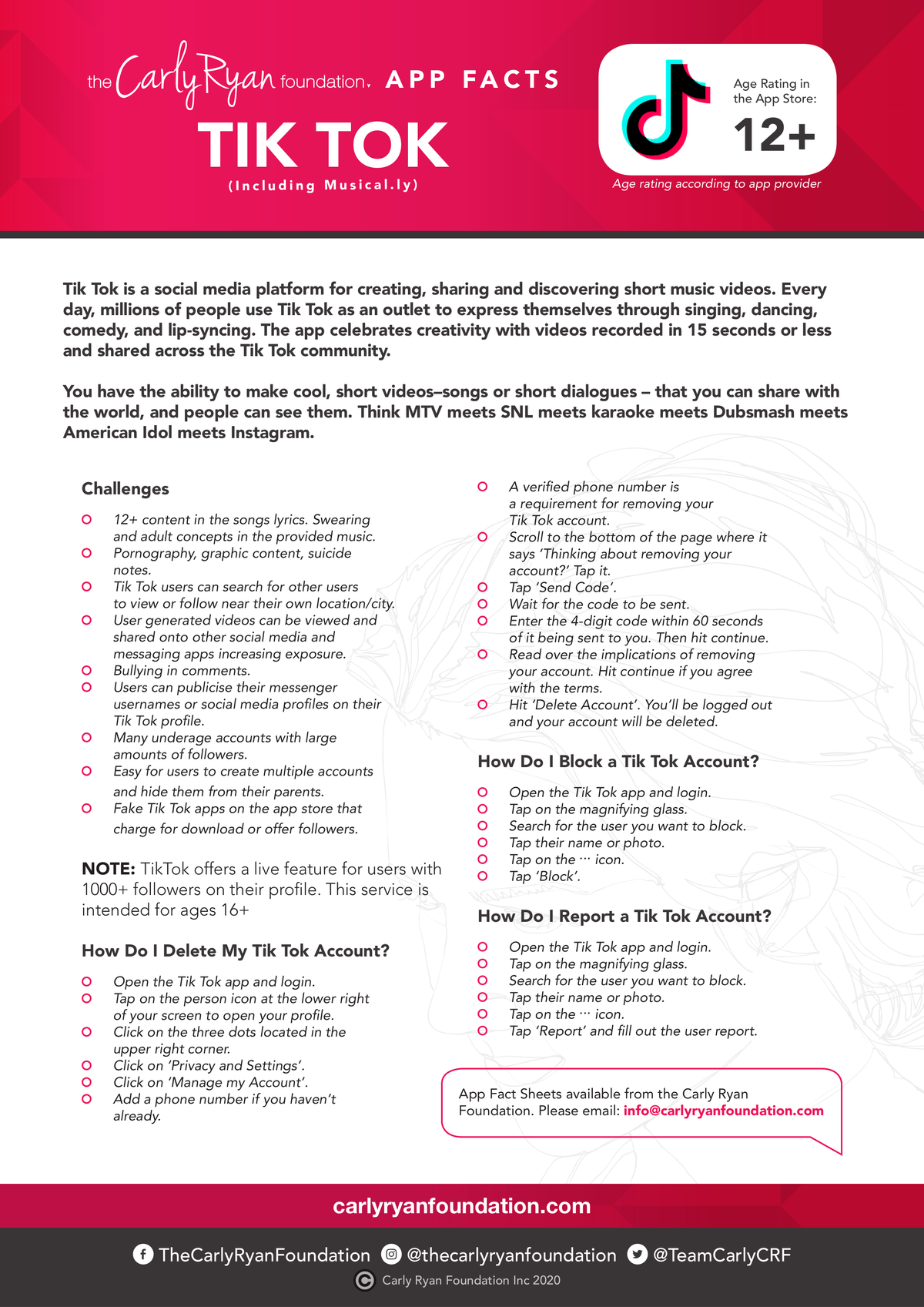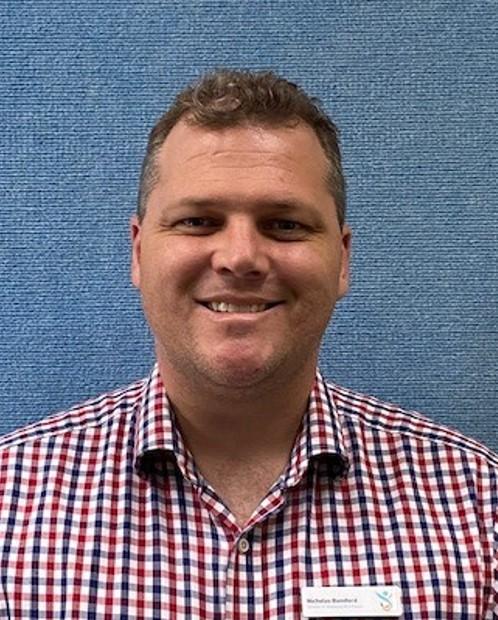Wellbeing
Cybersafety

Wellbeing
Cybersafety
What does Cyberbullying look like?
Cyberbullying behaviour might include:
- abusive texts and emails
- hurtful messages, images or videos
- imitating, excluding or humiliating others online
- spreading nasty online gossip and chat, and
- creating fake accounts to trick someone or humiliate them
How common is it?
In the 12 months to June 2017:
*1 in 5 Australian young people reported being socially excluded, threatened or abused online
55% sought help from their parents, 28% from their friends; 38% blocked the offending social media account; 12% reported it to the website or platform
*1 in 5 Australian young people (15% of kids, 24% of teens) admitted behaving in a negative way to a peer online — such as calling them names, deliberately excluding them, or spreading lies or rumours. Of these, more than 90% had had a negative online experience themselves.
Statistics provided from eSafety Commissioner website: https://www.esafety.gov.au/key-issues/cyberbullying
Signs to watch for
Young people may not always tell their parents, or who they live with, their concerns about cyberbullying. Signs that the young person may be experiencing issues on-line are:
- being upset after using the internet or their mobile phone
- changes in personality, becoming more withdrawn, anxious, sad or angry
- appearing more lonely or distressed
- unexpected changes in friendship groups
- a decline in their school work
- changes in their sleep patterns
- avoidance of school or clubs
- a decline in their physical health
- becoming secretive about their online activities and mobile phone use
What is GSSC doing to support Students and Families?
Schools and teachers play a vital role in promoting the social and emotional development and wellbeing of Australian children and young people. This includes protecting students from cyberbullying and giving them the skills to deal with bullying experiences.
Our school is providing students with access to safety programs supported by Victoria Police, and delivered in partnership with Youth Community Organization – Word & Mouth. The program Think You Know, has been delivered to our Year 7 Campus in Term 1 and there is currently work being completed to ensure that our students are provided with this information whilst they are learning from home.
Students requiring additional support can access the Student Support Team and can be referred by their Classroom Teacher, Learning Mentor or Neighbourhood Leader.
Our School would recommend if students are experiencing issues during school time via the learning platforms they report this to their classroom teacher or Learning Mentor. If issues are occurring via social media, GSSC suggest they speak to Victoria Police or go to the eSafety Commissioner website where you can make a complaint about cyberbullying. The eSafety Commissioner can take action to get serious cyberbullying material removed, and provide advice, support and assistance.
What can I do?
For advice and information for young people parents & carers we recommend the eSafety Commissioners website:
https://www.esafety.gov.au/key-issues/cyberbullying
Be an upstander – not a bystander
Good habits start young
For additional support GSSC and the eSafety Commissioner advise families and Students access:
Kids Helpline
Aimed for students aged: 5 to 25 years old. All issues. Confidential phone counselling available all day, every day. Online chat available 8am to 12am EST daily, Phone 1800 55 1800 or online chat: https://kidshelpline.com.au/
Headspace
Aimed for students aged 12 to 25 year olds. All issues. Phone counselling available all day, every day. Online chat available 9am to 1am EST daily. Phone Number: 1800 650 890 and online chat available: https://headspace.org.au/eheadspace/site
TikTok Carly Ryan Foundation Fact Sheet:
(Click on image to enlarge)




Nick Bamford , Director,
Wellbeing & Inclusion